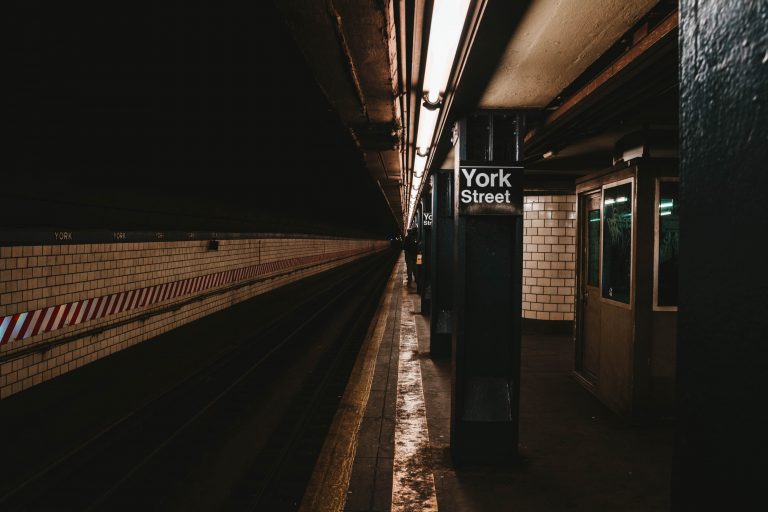The New York City subway system, with its inception in the early 20th century, has grown to become a quintessential part of the city’s vibrant infrastructure, weaving through boroughs and becoming the veins through which the city’s lifeblood of human activity flows. Over the decades, it has metamorphosed, aligning with the ever-changing urban milieu, which led to the abandonment of certain stations, leaving behind echoes of bygone eras amidst the underground labyrinth. This evolution underscores the ongoing efforts to balance modernization and safety. In the heart of such a bustling metropolis, the role of entities like NYC Injury Attorneys, P.C. becomes paramount. They stand as vigilant sentinels, ensuring that the continual transformation of this complex transit system adheres to stringent safety standards, thereby mitigating accidents and injuries. Their endeavors underline the indispensable synergy between maintaining a safe and functional infrastructure and the thriving pulse of New York City.
The Birth and Expansion of NYC’s Subway System
From its humble beginnings with the inauguration of the first subway line in 1904, the New York City Subway System rapidly burgeoned into an extensive network of veins that now pulse with the ceaseless rhythm of urban life. This expansion was fueled by the burgeoning population and escalating urbanization, carving deeper into the city’s bedrock and stretching further into its far-flung corners. Each new line unveiled not merely fresh routes but symbolized the city’s unyielding stride towards progress and its unwavering commitment to catering to the evolving needs of its residents. Today, the subway stands as a testament to New York’s dynamic spirit, its tracks narrating the tale of a city constantly moving.
The Abandoned Stations: Ghosts of the Past
The New York City subway system holds within its depths haunting echoes of the past in the form of abandoned stations. Notable among these are the City Hall Station, with its elegant architecture, the modest Worth Street Station, and the 18th Street Station. These silent chambers were once bustling with life but fell into oblivion due to various factors. Structural and safety concerns played a significant part, as did declining ridership in certain areas. Moreover, as the waves of modernization and expansion rolled through the subway system, some stations, shrouded in the past, were rendered redundant. Each abandoned platform now stands as a poignant reminder of the city’s relentless march toward the future while holding the imprints of yesteryears within it.
The Architectural and Historical Significance
The abandoned stations of New York City’s subway system are silent custodians of a rich architectural and historical legacy. Their unique architectural features, from the ornate tiling of City Hall Station to the classical design elements of Worth Street Station, offer a rare glimpse into the early 20th-century urban design. Preservation efforts are underway to protect these historical gems, underscoring their enduring value. As one ventures through these desolate yet captivating spaces, it’s akin to traversing through a tangible timeline, where the aesthetics of bygone eras whisper tales of a city ever-evolving yet deeply rooted in its illustrious past. By safeguarding these relics, we honor history and engage in a profound conversation between the epochs.
Legal Implications and Public Safety Concerns
The intricate tapestry of law and regulation plays a crucial role in decommissioning unsafe or outdated infrastructure, ensuring the ceaseless heartbeat of the city remains undeterred by potential hazards. Entities like NYC Injury Attorneys, P.C. spearhead the advocacy for elevated safety standards within public infrastructure, striving to forestall accidents that could ripple through the community. The eerie silence of abandoned subway stations masks potential liability issues surrounding their maintenance, presenting a legal maze to navigate. As the city echoes with the murmurs of the past through these hollowed grounds, the call for vigilant oversight and steadfast legal frameworks resonates, forging a safer pathway toward the city’s bustling future.
Conclusion
The abandoned subway stations of New York City are more than mere relics; they are silent narrators of a rich history, each empty platform echoing with tales of a bygone era. They remind us of the importance of learning from the past to continually enhance the safety and functionality of the city’s ever-evolving infrastructure. In this historical and urban tapestry, NYC Injury Attorneys, P.C. steadfastly commits to advocating for a safer urban milieu. Through their legal expertise, they champion a cause that transcends beyond the individual, resonating through the bustling corridors of the city, towards fostering an environment where history and safety merge in a harmonious narrative.

